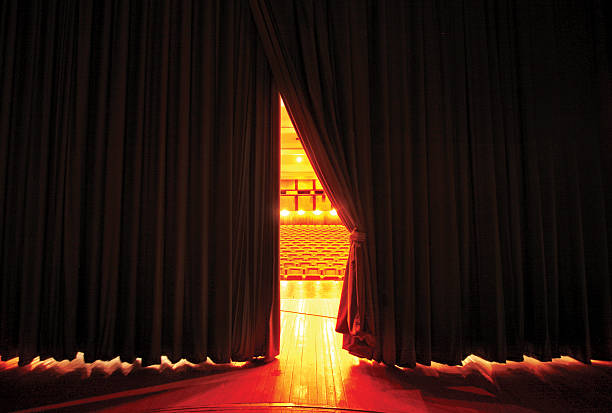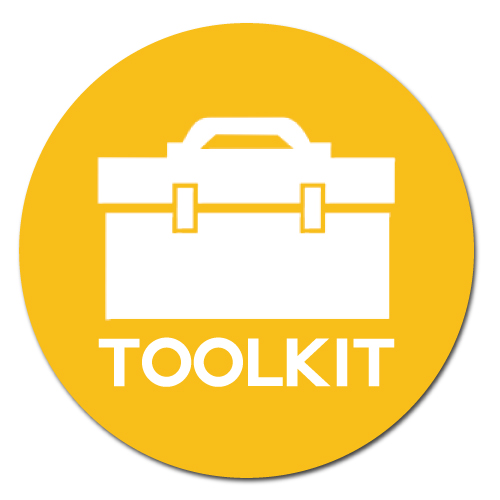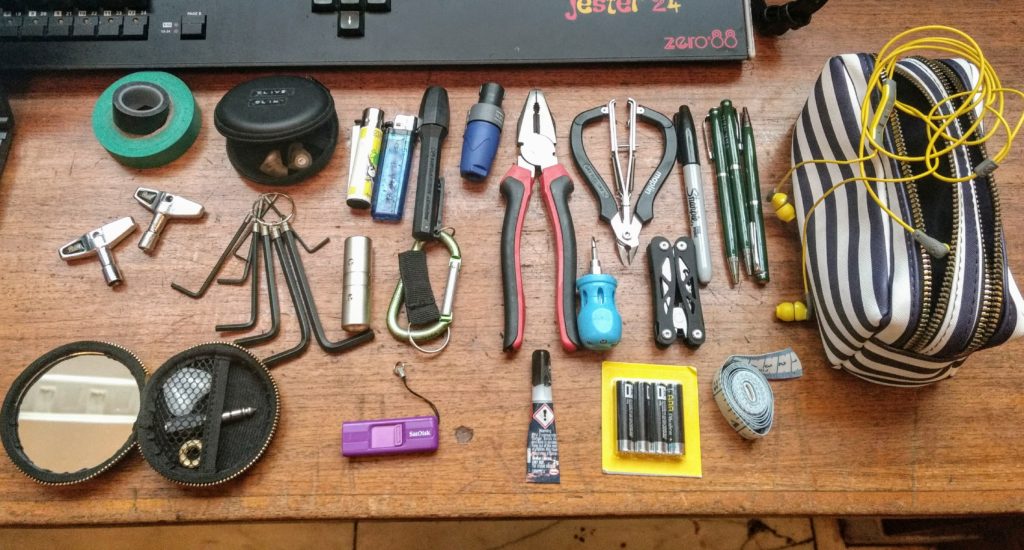
Tools Of The Trade
You’re talking shop with the guys over a few drinks in the bar across from the venue. Everyone is listing off what they wish the higher-ups would approve so they can finally put in the order and check off things on their wish list. You’re mentally going through your own wish list and what ideally every venue would have so you can stop hauling all the different things you need for each venue. Our own personal “working wish list.” Like most other wishlists, ours in the audio world is ever-evolving with each announcement of the soon-to-be-on-the-market gear and the newest toys. There are some essentials that are on everyone’s wish list though. For instance, we can never get enough electrical tape, it’s simply something we are constantly running out of and always find ourselves in need of. When you are touring or travelling for work, these tools can sometimes be difficult to get a hold of so it’s always nice to have your own. Hopefully, this wish list will help you both pack your own gear bag and maybe even add more to your growing tools.
What’s In My Gear Bag?
As I briefly touched on the subject in the article “Travelling” back in January, you can’t easily travel with everything you need for this career. However, if you need to travel and bring your own gear, it’s good to have as much of your gear in one bag so you’re not stuck juggling multiple bags with a little bit of everything you need. For the most part, unless you are bringing your own mixing console and sound system, these tools are fairly easy to keep in one or two bags.
So what is in my everyday use gear bag?
This is a bag that I instinctively reach for as I am heading out the door on any given day for work.
On the outside of my bag, I have various types and sizes of carabiners along with multiple colours of electrical tape. These items are ones that are replaced on a regular basis and needed without having to search through my bag to get them.
There is also an ever-growing monkey-fisted knot of tie line, also commonly referred to as a trick line. Tieline is used more commonly in theatres, but contrary to what some people think, it’s not just used for our lighting friends. I have used tie lines to keep cables in place on balconies, and risers, and even sometimes securing them below the stage.
Proceeding to open the first layer of the gear bag, therein lies a shock dispersion space for my work laptop and tablet that I can remotely mix from. I have rarely if ever, found myself in a situation where I didn’t need my tablet in some form. Yes, it’s definitely handy to mix remotely, especially if your mixing location is not ideal, but it’s also a way for you to see notifications and important updates from the rest of the team.
Closing that first layer and moving on to the next, you’ll easily find spare aux cables, cable adapters, and papers with my Sound Notes notebook. While many of my colleagues have asked why I write a lot of notes about the show or carry spare blank channel strip sheets, this is mostly to keep improving on what we’ve already done for the show. Each performance is going to be different and I like to keep track of where we constantly are on the sliding scale of “How good was that performance?” Some nights, it really does feel like the best performance and you’re listening to it for the first time. Some nights, everything goes wrong. By trying to keep track of where you are on that sliding scale you can see what worked and consistently had good reactions from the crowd, and what needs to be gone over and looked through for next time.
Moving on, therein gets the slightly messy storage of the actual tools one might find in a regular toolbox. A small glow-in-the-dark flashlight, a magnetic flashlight, spare batteries, a portable battery, rigging gloves, different coloured gaff tape, the mini screwdriver kit because something is always needing maintenance, a small hammer, and so many sharpies that have just been randomly collecting at the bottom.
Finally, the last storage space in this gear bag. This is the space where I keep my mixing headphones, a dynamic vocal mic, a Lavalier mic, and a wireless vocal mic with a receiver. These have been some of the latest additions to my gear bag.
What’s On My Ultimate Wish List?
I don’t think most of what I would ask for is completely unreasonable.
For the FOH mixing position, I want a wide enough space to actually be able to load in equipment without breaking our backs or constantly being pushed into walls, or having flight cases run over our feet. This would allow us to actually be able to move and lift these heavy consoles hopefully without breaking anything, including ourselves. Plus a Midas 32 would be fantastic.
For the PA system, I just want a flying line array, I would settle for a stackable system but we’re going for big dreams here. L-Acoustics recently developed and marketed some amazing ones. Some fill-in loudspeakers to prevent drop-off with distance and sub-bass as well would be amazing! There doesn’t have to be a lot of them for my wish list, but at least something.
Having copious amounts of radio mics and the spare batteries to go with them shouldn’t have to be on the wish list, but you would be surprised how many places run out of spares for both mics and batteries. It is absolutely not the venue’s job to have spares for all the shows that come to them, but it’s always nice to know if something breaks and you can’t immediately repair or replace it, you have something on standby. Most venues will also provide this in their technical specifications and will be talked about during the advancement process.
A Dante audio network is luckily becoming more common, especially in theatre from what I have seen, but is still not standard. If you make the effort to become certified in something, like Dante, wouldn’t you also want to use that knowledge? Thus, it is on my list.
What current comms system the venue is using is also always nice to know. There have been a few times while on tour that we have rocked up to the venue and found out we needed to use our own instead of being allowed to use the ones at the venue.
This is not uncommon to get things that are antiquated and we don’t always find out they are out of date until we arrive at the venue. During the year 2020, or since soon after, multiple venues globally have undergone restaffing, updates, and reconstruction. This can mean that several of their technical specifications and contact information sheets are also obsolete thus making the advancement process problematic and questionable.
So for the advancement process, I would like to add these things to my working wish list:
Up-to-date power specifications.
An up-to-date contact sheet of people you may need to get a hold of at the venue including the audio crew chief, production manager, technical manager, and venue manager (basically everyone in charge).
Stage specifications, including mixing positions, in advance of the show (not just waiting until the last minute the night before).
Health and safety specifications so you’re not caught off guard if they have something a little uncommon to most venues. A good example of this is some venues requiring Risk Assessors (not always provided by the venues) to be part of the load-ins and load-outs for shows across Europe and the UK. This is likely to also gain ground in North America soon with its growing popularity.
Another thing that I would like to add to my working wish list that would be assumed as common knowledge but somehow isn’t is literally buckets of consumables like tape, cables, tie lines, etc. Every time that I have put in a request for more of these consumables the initial response is something along the lines of “You need more? We just bought some!” Yes, we need more because it’s consumable and we go through comically large amounts of these items.
And of course, the final item on my wish list, who wouldn’t want the classic red curtains?









